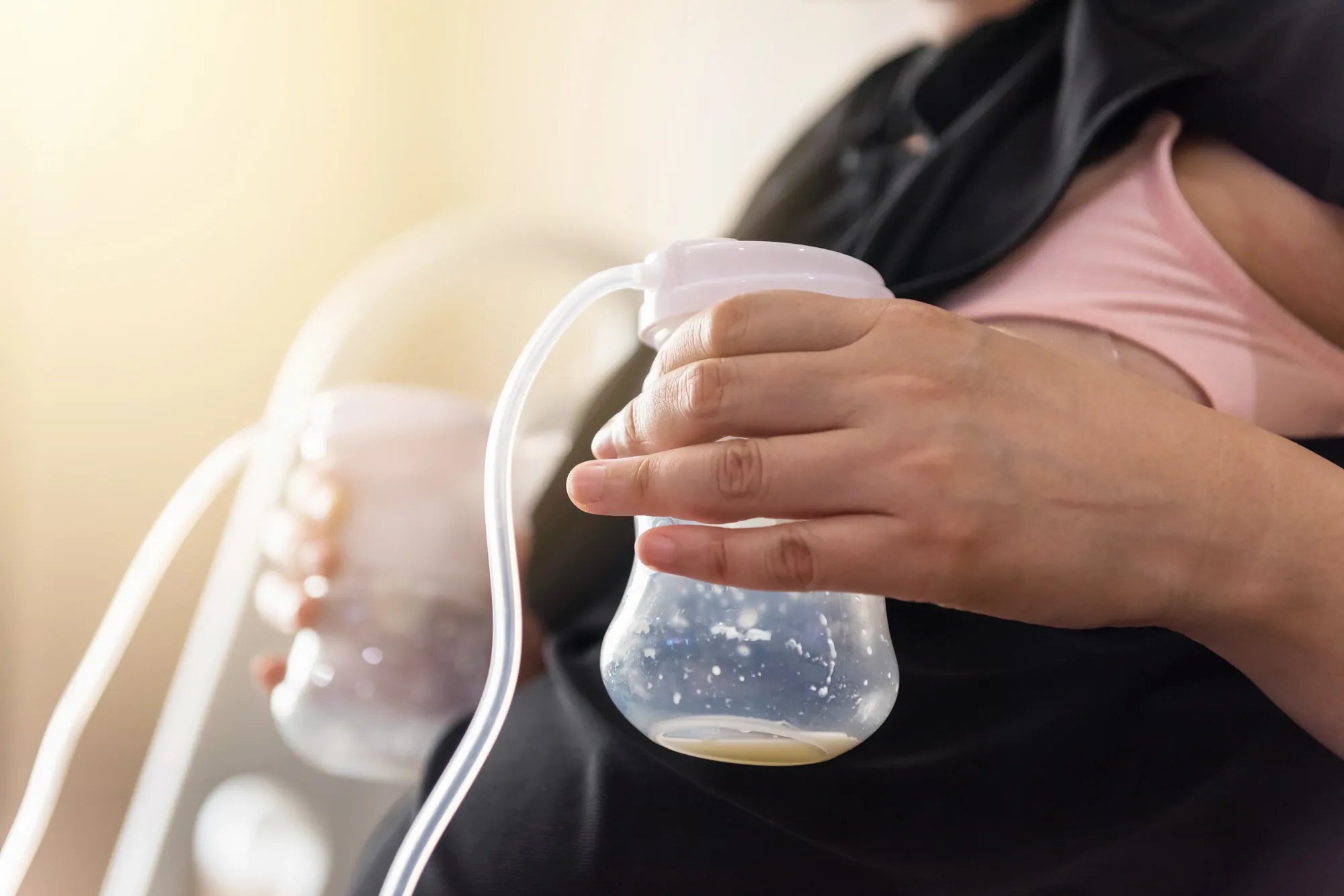Home
Pregnancy, Breastfeeding, and Pumping: The Ultimate Guide for Moms
Do You Only Pump One Breast? Understanding the Implications

Do You Only Pump One Breast? Understanding the Implications
Breastfeeding is a deeply personal journey, and every mother’s experience is unique. One question that often arises is whether it’s okay to pump only one breast. This decision can be influenced by various factors, including comfort, milk supply, and lifestyle. Understanding the implications of this choice can help mothers make informed decisions that best suit their needs and their baby’s well-being.
Why Would Someone Pump Only One Breast?
There are several reasons why a mother might choose to pump only one breast. For some, it’s a matter of convenience. If one breast produces more milk than the other, focusing on that side can save time and effort. Others may find that one breast is more comfortable to pump from due to factors like nipple shape or sensitivity. Additionally, some mothers may have medical conditions or physical limitations that make pumping one breast more practical.
Impact on Milk Supply
One of the primary concerns when pumping only one breast is the potential impact on milk supply. Breast milk production operates on a supply-and-demand basis. If one breast is consistently pumped while the other is neglected, the neglected breast may produce less milk over time. This can lead to an imbalance in milk supply, which might affect breastfeeding in the long term. However, some mothers find that their bodies adjust, and they can maintain a sufficient milk supply even when focusing on one breast.
Benefits of Pumping One Breast
Pumping only one breast can have its advantages. For mothers who experience discomfort or pain in one breast, focusing on the other can make the pumping process more manageable. It can also be a time-saving strategy, especially for those with busy schedules. Additionally, if one breast consistently produces more milk, pumping that side can ensure that the baby receives an adequate amount of nourishment.
Potential Drawbacks
While there are benefits, there are also potential drawbacks to consider. As mentioned earlier, neglecting one breast can lead to a decrease in milk production on that side. This can create an imbalance that might be difficult to correct later. Additionally, if the baby prefers one breast over the other, it can lead to uneven breast development and potential discomfort. It’s also important to consider the emotional aspect; some mothers may feel guilty or anxious about not pumping both breasts equally.
Tips for Pumping One Breast Effectively
If you decide to pump only one breast, there are strategies to help maintain a healthy milk supply. Regularly massaging the neglected breast can stimulate milk production and prevent engorgement. Using a breast pump with adjustable settings can help ensure that you’re effectively expressing milk from the pumped breast. It’s also important to monitor your baby’s feeding patterns and weight gain to ensure they’re receiving enough nourishment.
When to Seek Professional Advice
If you’re unsure whether pumping only one breast is the right choice for you, it’s a good idea to consult with a lactation consultant or healthcare provider. They can provide personalized advice based on your specific situation and help you address any concerns. Additionally, if you notice a significant decrease in milk supply or experience persistent discomfort, seeking professional guidance is crucial.
Ultimately, the decision to pump only one breast is a personal one that depends on various factors. By understanding the potential benefits and drawbacks, you can make an informed choice that supports both your well-being and your baby’s health. Remember, every breastfeeding journey is unique, and what works for one mother may not work for another. Trust your instincts and seek support when needed to ensure a positive and fulfilling experience.
Share

